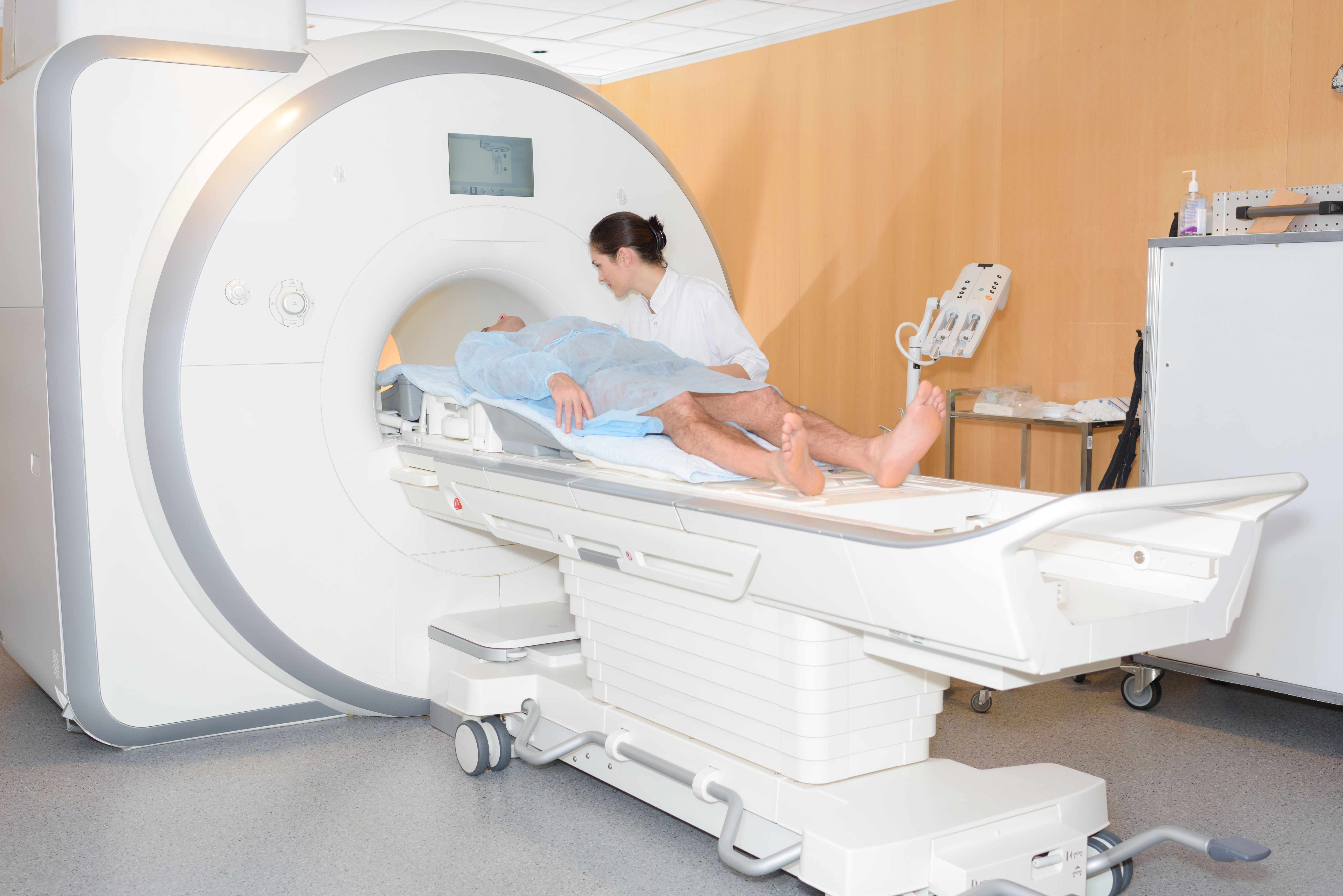Who needs an MRI?
While doctors are able to make an informed diagnosis through question-and-answer, palpation, range-of-motion tests, X-ray or other preliminary diagnostic methods, an MRI is a good way to confirm or redirect the initial diagnosis. A patient might need an MRI to confirm disc herniation if he or she experiences:
- Unexplained leg pain for a month or longer
- Chronic lower back pain (pain lasting longer than three months)
- Pain that accompanies other symptoms, such as severe weight loss, when a tumor or infection might be suspected
- Failed back surgery syndrome, specifically if symptoms have persisted longer than four weeks after surgery
Does an MRI reveal disc herniation?
Should disc herniation or another degenerative spine condition show up on the MRI, your doctor is likely to start you on a course of conservative treatment. Typical suggestions include pain and anti-inflammatory medication, physical therapy, stretching and exercise. Lifestyle changes like quitting smoking, weight management and posture improvement can also be beneficial for the overall health of your spine.
If conservative treatment proves ineffective after a period agreed upon by you and your doctor, elective surgery might become an option.

Leave a Reply